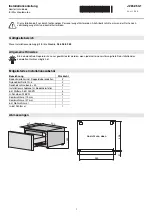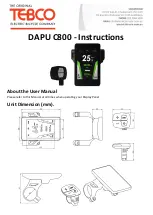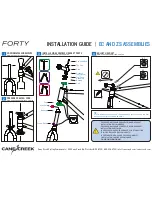
FAAST 8251BPI and 8100
INSTALLATION AND MAINTENANCE INSTRUCTIONS
4
Figure 4a: 8251BPI to FACP Wiring Diagram
Figure 3: Power and Alarm Connector Block
FAAST 8251BPI System Powering
The following procedure describes how to initially
power up the FAAST system.
1.
unplug the unit’s power connector before turning
the power ON.
2. turn the power ON.
3. check the voltage at the connector - ensure it is
within the required voltage range.
4. if the voltage is within the proper range, reconnect
the power connector to the unit.
5. connect the Loop connector to the SLC terminal
–
connections: 5/7
6. verify the system fan starts up and air begins to
flow out of the exhaust port.
Number
Name
Terminal Block
26
Fault N/C
T8
25
Fault COM
24
Fault N/O
23
Fire 2 N/C
T7
22
Fire 2 COM
21
Fire 2 N/O
20
Fire 1 N/C
T6
19
Fire 1 COM
18
Fire 1 N/O
17
Action 2 N/C
T5
16
Action 2 COM
15
Action 2 N/O
14
Action 1 N/C
T4
13
Action 1 COM
12
Action 1 N/O
11
Alert N/C
T3
10
Alert COM
9
Alert N/O
8
Analogue Loop -
T2
7
Analogue Loop -
6
Analogue Loop +
5
Analogue Loop +
4
External Power +
T1
3
External Power +
2
External Power -
1
External Power -
Table 1a: FAAST 8251BPI Terminal Designations
Notes:
a) The Terminal Blocks are numbered with T8 to the top
and T1 at the bottom
b) Terminal blocks T9 to T11 are unused
FAAST 8251BPI Cabling Requirements
The FAAST 8251BPI provides a series of Euro style
pluggable terminals, located behind the left side door of
the unit.
Refer to Table 1 for the proper electrical connections to
the unit and Figure 4 for typical connection for monitoring
a Stand-Alone FAAST system at a Fire Alarm Control
Panel (FACP).
FAAST 8251BPI to FACP Wiring Diagram





































